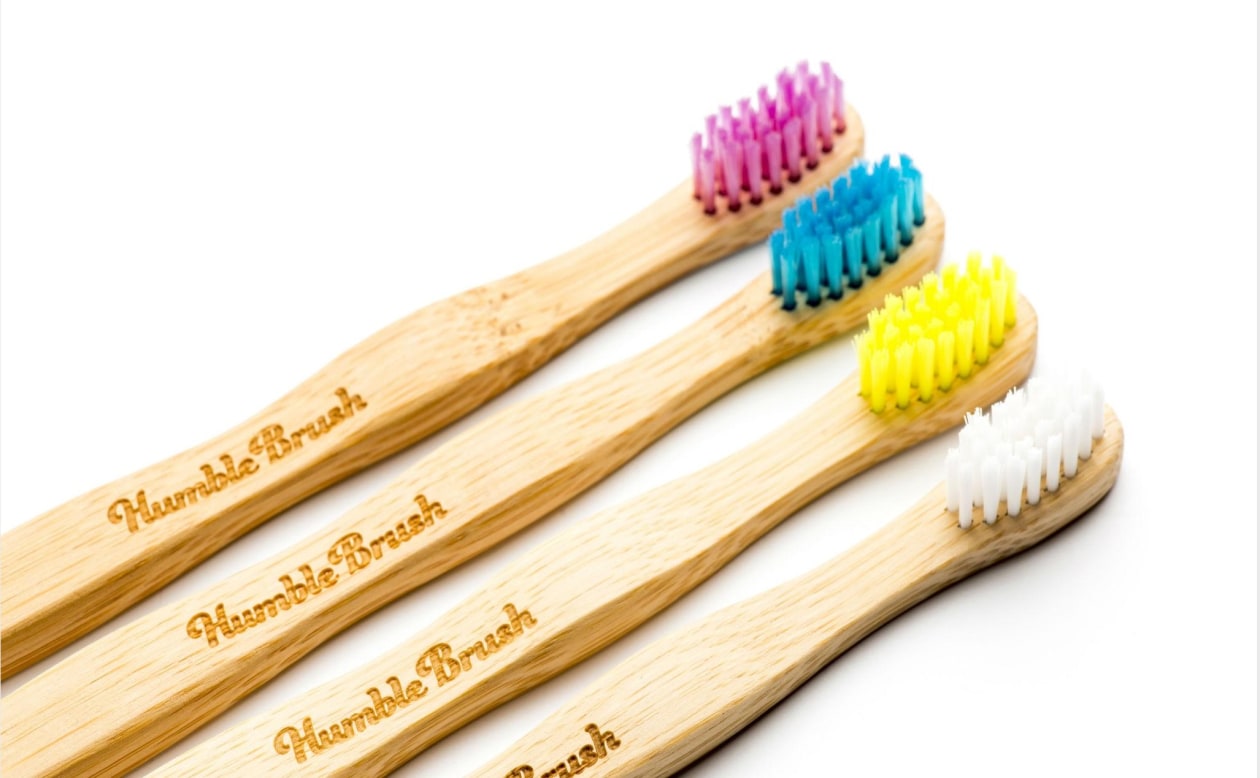Wooden toothbrushes have become a popular option worldwide as an alternative to our “regular” plastic toothbrushes. As much as it sounds like a more sustainable option, not much has been said about other factors important in a toothbrush, such as hygiene, and how long it lasts. I used the Humble Brush, a bamboo toothbrush with nylon-6 brittle to assess the pros and cons of using a wooden toothbrush.
*Disclaimer: This assessment is based on the Humble Brush. While many of the pros and cons listed below may apply to other brands' wooden toothbrushes too, some may only be true to this particular wooden toothbrush.
Pros:
The materials used in production are more sustainable. Eg. bamboo
Easily accessible through the internet.
Most parts of the toothbrush can decay.
Fewer microplastics are produced throughout its lifecycle.
Less plastic waste will end up in the landfills.
Cons:
More fragile to water
It must be stored in a dry location to prevent moulds from developing on the wood.
Oftentimes more expensive than plastic toothbrushes.
Not a lot of stores, for example, pharmacies and supermarkets, have them (especially in Japan).
Although there are some setbacks to wooden toothbrushes, the benefits of purchasing them over plastic toothbrushes outweigh the disadvantages. Most importantly, they produce less waste, and the wood returns to the cycle of life.
In Japan, plastic toothbrushes have been the “regular” toothbrush. However, due to the recent increase in climate-conscious people, soon enough, the wooden toothbrushes may become the new “regular” toothbrushes.





